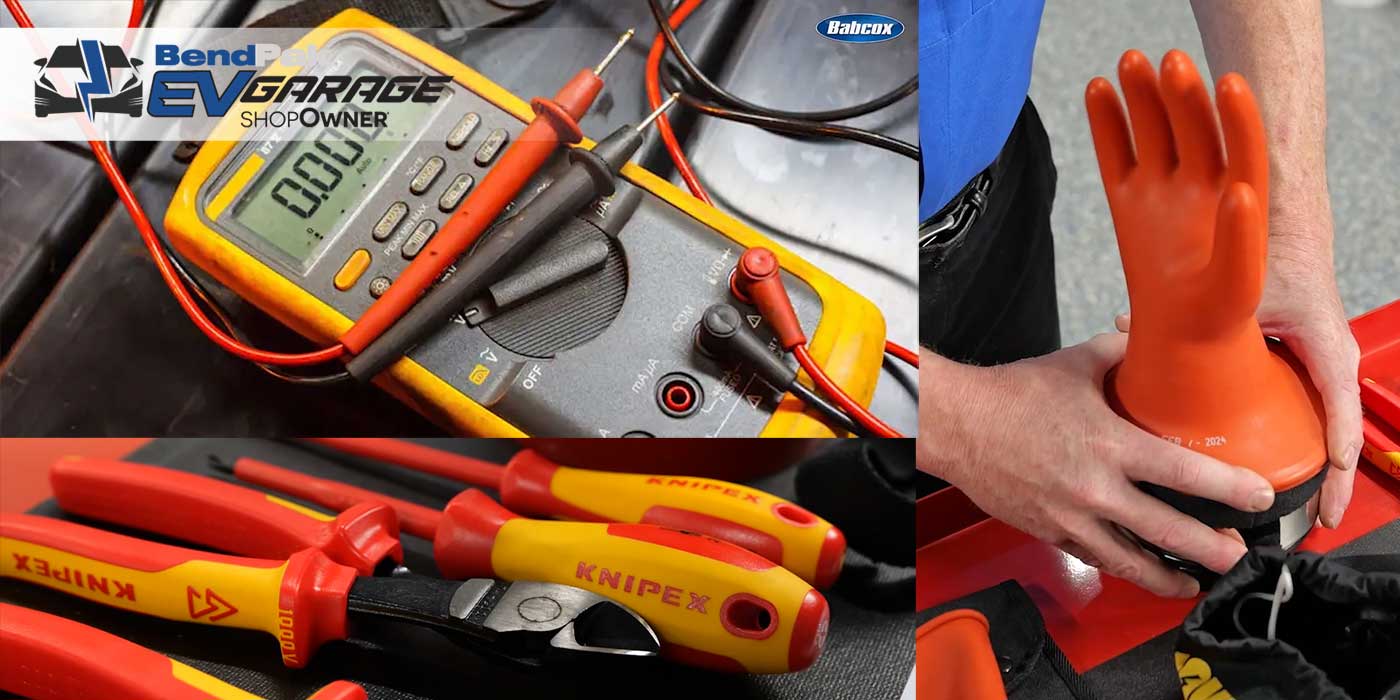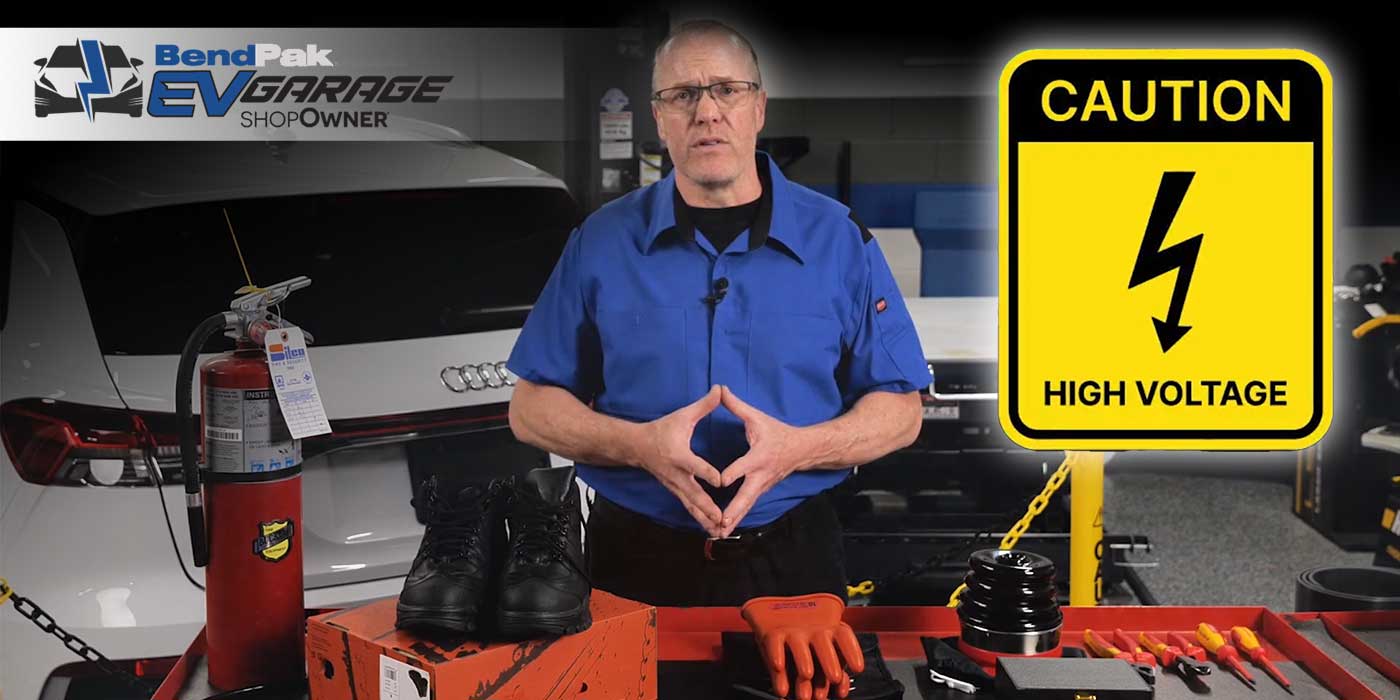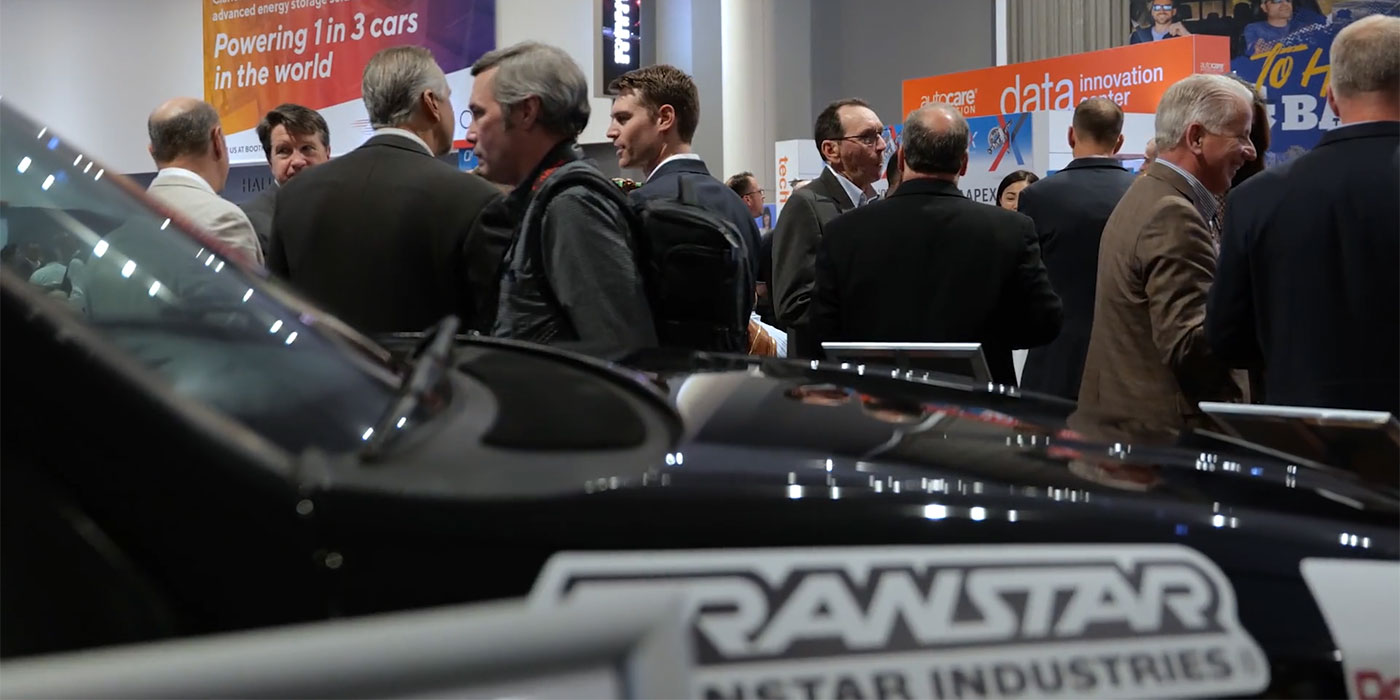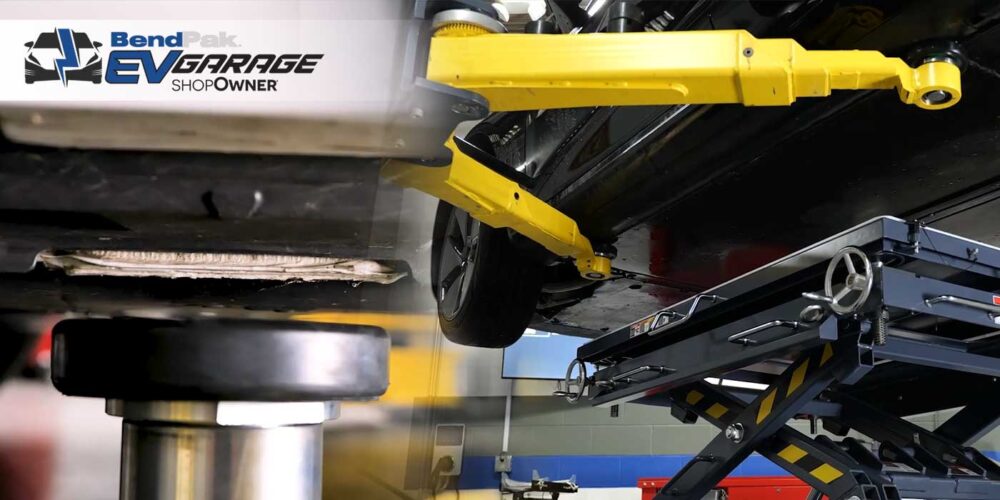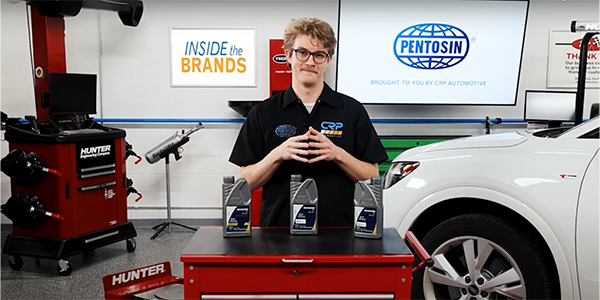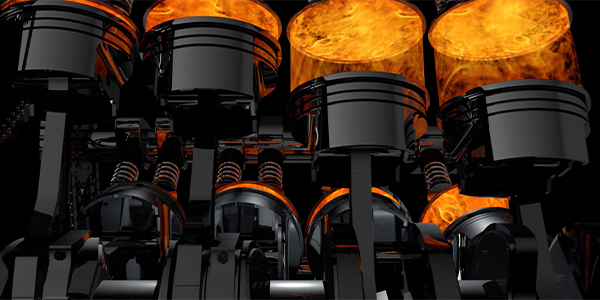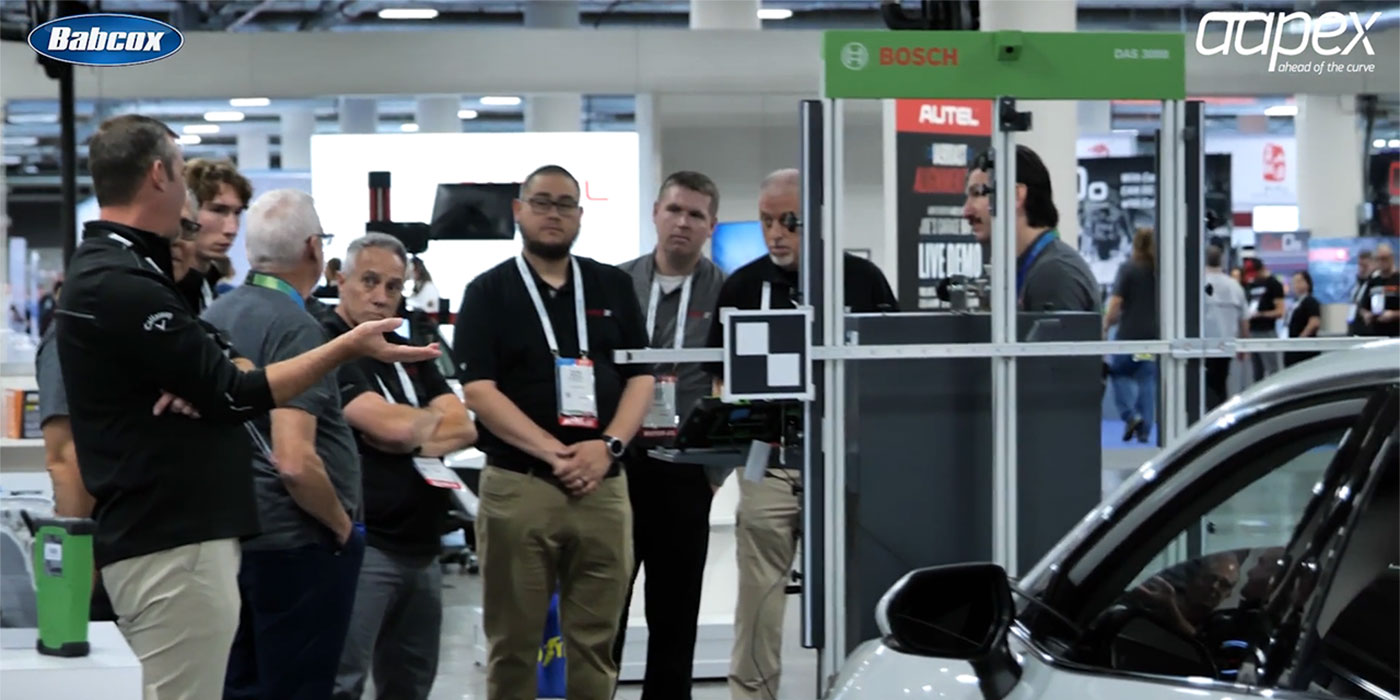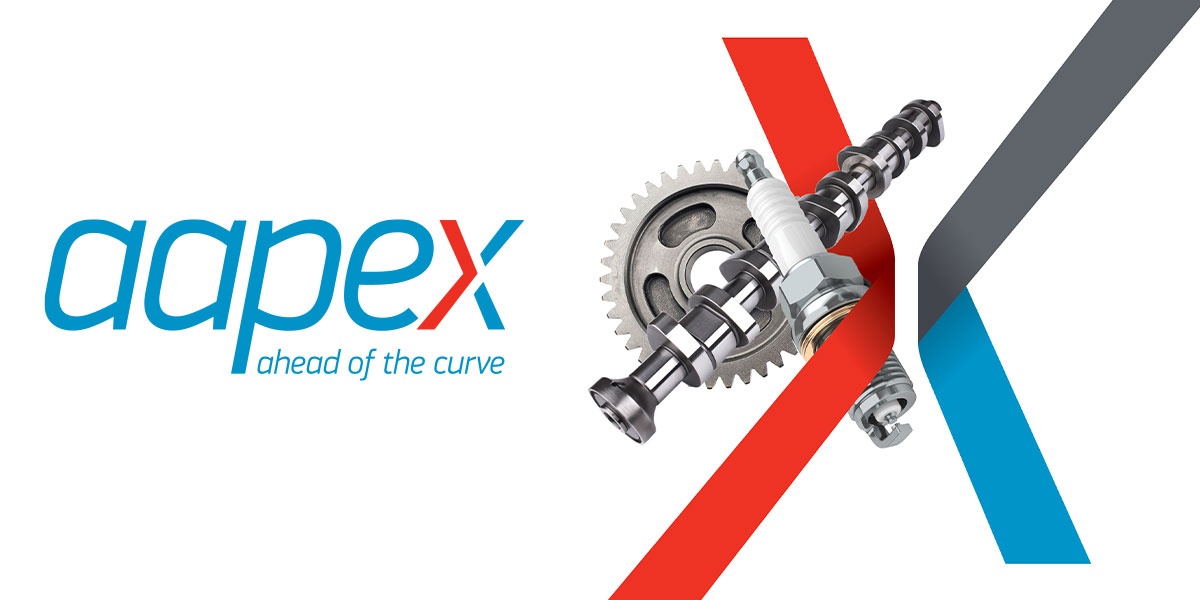Electric vehicles rely on regenerative braking to recharge their batteries and reduce wear on traditional brake pads, but they still require brake pad replacements every once in a while. Despite the efficiency of regenerative braking systems, factors like age, driving habits and environmental conditions can contribute to brake pad degradation over time.
As you know, EVs are significantly heavier than their internal combustion engine counterparts due to the weight of the batteries. This extra weight puts more demand on the brake pads, requiring higher-quality brake pads that can withstand the additional wear and tear. To this end, high-quality brake pads are recommended for EVs to balance quality, performance, and safety.
While regenerative braking significantly reduces the need for friction braking in EVs, it does not eliminate the need for brake pads altogether. Brake pads are still vital for emergency situations, high-speed braking, and even slow-speed braking when regenerative braking is insufficient. Despite the reduced usage, EV brake pads require special consideration due to the quieter nature of EVs, making brake noise more noticeable and the potential for corrosion impacting brake system effectiveness.
The bottom line is that proper brake pad selection is crucial for EVs to ensure consistent stopping power and long pad life. To address these concerns, there are a number of key features to look for in EV brake pads. These include include:
- A galvanized backing plate for corrosion protection;
- Mechanically attached friction material;
- and high-quality friction materials with noise-reducing technology.
Corrosion is another major concern, as it can cause the friction material to literally crumble off the backing plate, leading to premature brake pad failure. To combat this, brake pads with a corrosion-resistant design, premium materials that dissipate heat efficiently, and a mechanical attachment that prevents the engineered layers from separating over time are essential.
From an environmental perspective, brake dust poses a significant challenge that must be addressed when selecting brake pads for electric vehicles. This byproduct of the friction between brake pads and rotors can release toxins like copper, lead, and rust into the surrounding air and soil. To mitigate this issue, high-quality brake pads that are lead- and copper-free are recommended to reduce toxic emissions.
Proper brake pad selection plays a crucial role in improving the sustainability of EVs by minimizing environmental contamination and waste. Lead- and copper-free brake pads, combined with corrosion-resistant components and efficient heat dissipation, not only extend the lifespan of brake systems but also minimize toxic emissions and environmental contamination. As the transition to electric mobility accelerates, embracing new brake pad technologies is pivotal to ensure drivers are happy with their purchase.
This video is sponsored by Auto Value and Bumper to Bumper.

